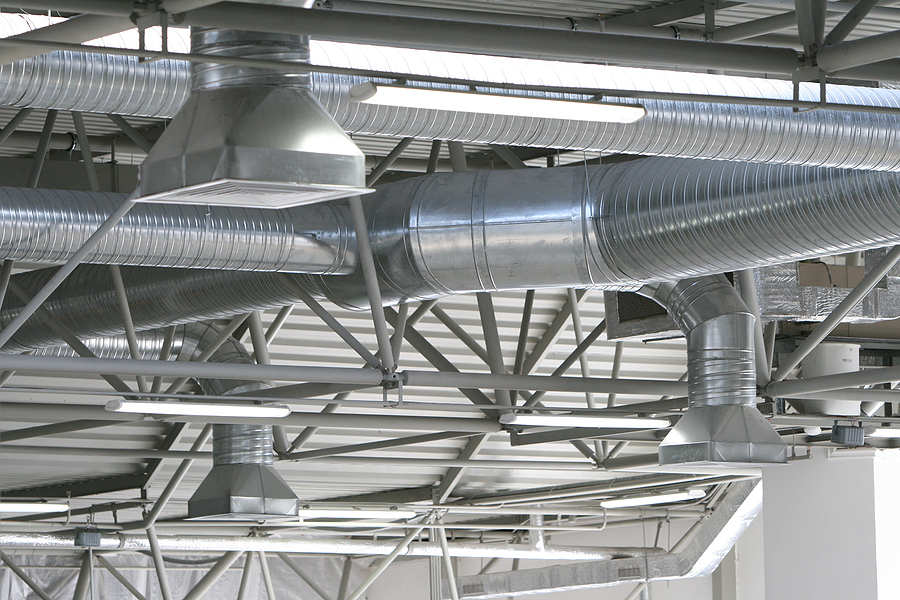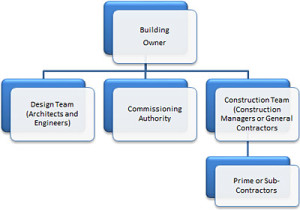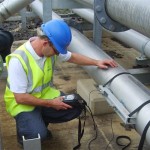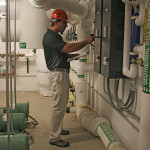“Getting It Right”

First, let me wish all of you a happy Independence Day!!
We have so much to feel blessed about in this land of plenty. While we’re cooking out and etc., let’s remain prayerful about those whose only wish is to be free of tyranny and oppression. And, our call to environmental stewardship.
As we move into the hot summer months, thoughts for some may turn to mint julips while for others parasailing over the Severn or some exotic, foreign body of water might be the thing. You’ve had the opportunity to read/view 32 blog posts I’ve been busy writing and publishing since mid-January.
The last two posts leave me wanting to write one about an important LEED prerequisite—and typical Anne Arundel County requirement of late for many new construction projects—and a follow-on LEED credit before slowing the blogging pace ‘til September.
For the Formation Building, St. Margaret’s is on the verge of hiring an engineer to engage in the design/construction process as Commissioning Authority (CxA) for both:
- Fundamental Commissioning—a prerequisite to any new construction project seeking LEED certification, and
- Enhanced Commissioning—a credit (optional), also under the LEED category, Energy & Atmosphere (EA)

Fundamental Commissioning entails answering the question: “Where in the design/construction process does the functional performance of a building’s systems become verified?” In LEED, commissioning doesn’t begin when it’s probably too late, i.e., during the warranty period where all that is suspected or known to be under-performing is hopefully fixed through engineer and contractor call-backs. Rather, it begins early on in the Design Development (DD) phase of design where the CxA meets and joins the design team to put in place the Owner’s Project Requirements (OPR) as a cornerstone of the Commissioning Plan. The DD phase for the Formation Building is just beginning this month.
 The Commissioning Plan defines (a) performance protocols, (b) quantified compliance of the defined protocols, and (c) compliance milestones—all of which are stitched into the construction schedule. The CxA establishes feedback loops with the architect, structural, mechanical, electrical and plumbing engineers, the builder and the owner in drawing the OPR and in the Commissioning Plan, both of which may inform an even higher level of design proficiency, and building performance from occupancy. Assessing building performance from occupancy entails, for example, looking at accessibility of mechanical systems for maintenance, and possible problems due to potential construction-phase change-orders and misunderstood design intent.
The Commissioning Plan defines (a) performance protocols, (b) quantified compliance of the defined protocols, and (c) compliance milestones—all of which are stitched into the construction schedule. The CxA establishes feedback loops with the architect, structural, mechanical, electrical and plumbing engineers, the builder and the owner in drawing the OPR and in the Commissioning Plan, both of which may inform an even higher level of design proficiency, and building performance from occupancy. Assessing building performance from occupancy entails, for example, looking at accessibility of mechanical systems for maintenance, and possible problems due to potential construction-phase change-orders and misunderstood design intent.
 Commissioning activity during the construction phase assures that the building envelope is of high-performance quality as designed, and that installation of the mechanical systems is of equal measure. This is exactly where indoor environmental quality can suffer in the out-years. So, the CxA’s role during construction is one of QA (quality assurance) through scheduled, periodic site inspections.
Commissioning activity during the construction phase assures that the building envelope is of high-performance quality as designed, and that installation of the mechanical systems is of equal measure. This is exactly where indoor environmental quality can suffer in the out-years. So, the CxA’s role during construction is one of QA (quality assurance) through scheduled, periodic site inspections.
Commissioning assessments must be completed for the following energy-related systems:
- HVAC&R (heating, ventilating, air conditioning and refrigeration) and associated controls
- Lighting and daylighting controls
- Domestic hot water systems
- Renewable energy systems, i.e., solar and geothermal, if any
As stated in the LEED Reference Guide for New Construction, commissioning benefits “include reduced energy use, lower operating costs, reduced contractor callbacks, better building documentation, improved occupant productivity and verification that the systems perform in accordance with the [OPR].” These results are to be reported by the CxA to St. Margaret’s A&E Committee Chair.
Benefiting the project for out-year operations, the A&E Committee’s plan is to engage the CxA for Enhanced Commissioning also, worth two LEED points. In brief, Enhanced Commissioning affords mid-construction document scrutiny, contractor/supplier submittal review, commmissioned systems manual update review, maintenance personnel training, and full building operation review by the 10th month of occupancy.
With any luck, BG&E will help fund as much as 50% of the Enhanced Commissioning cost through its Green Building Technical Services program.